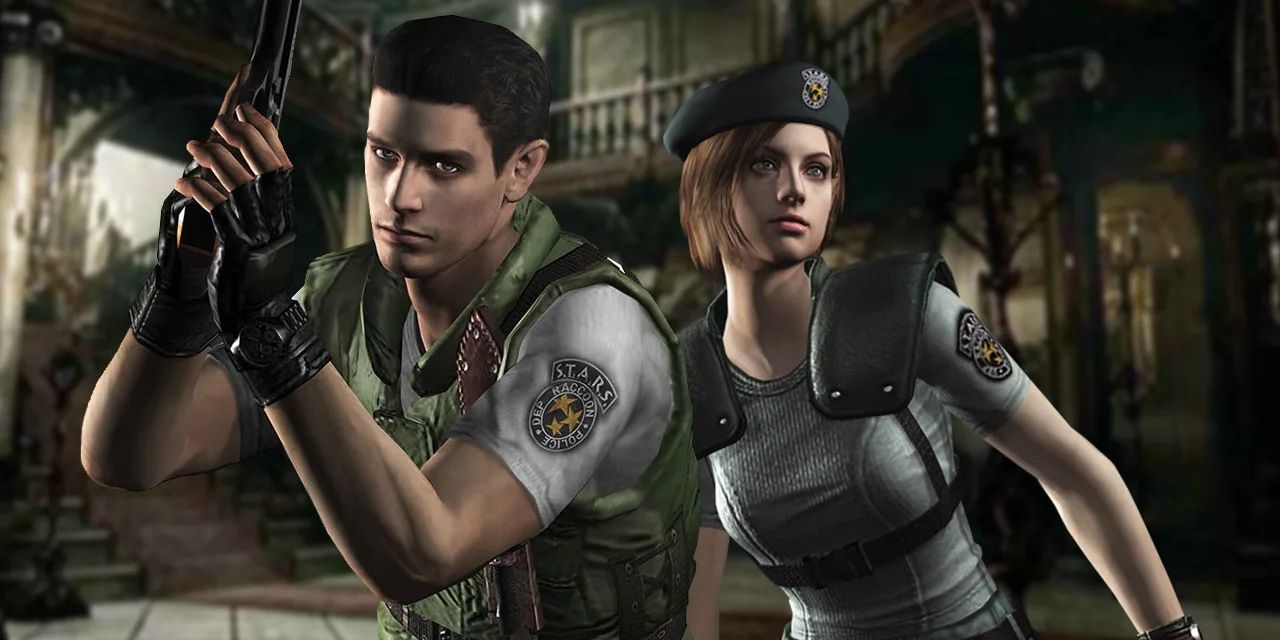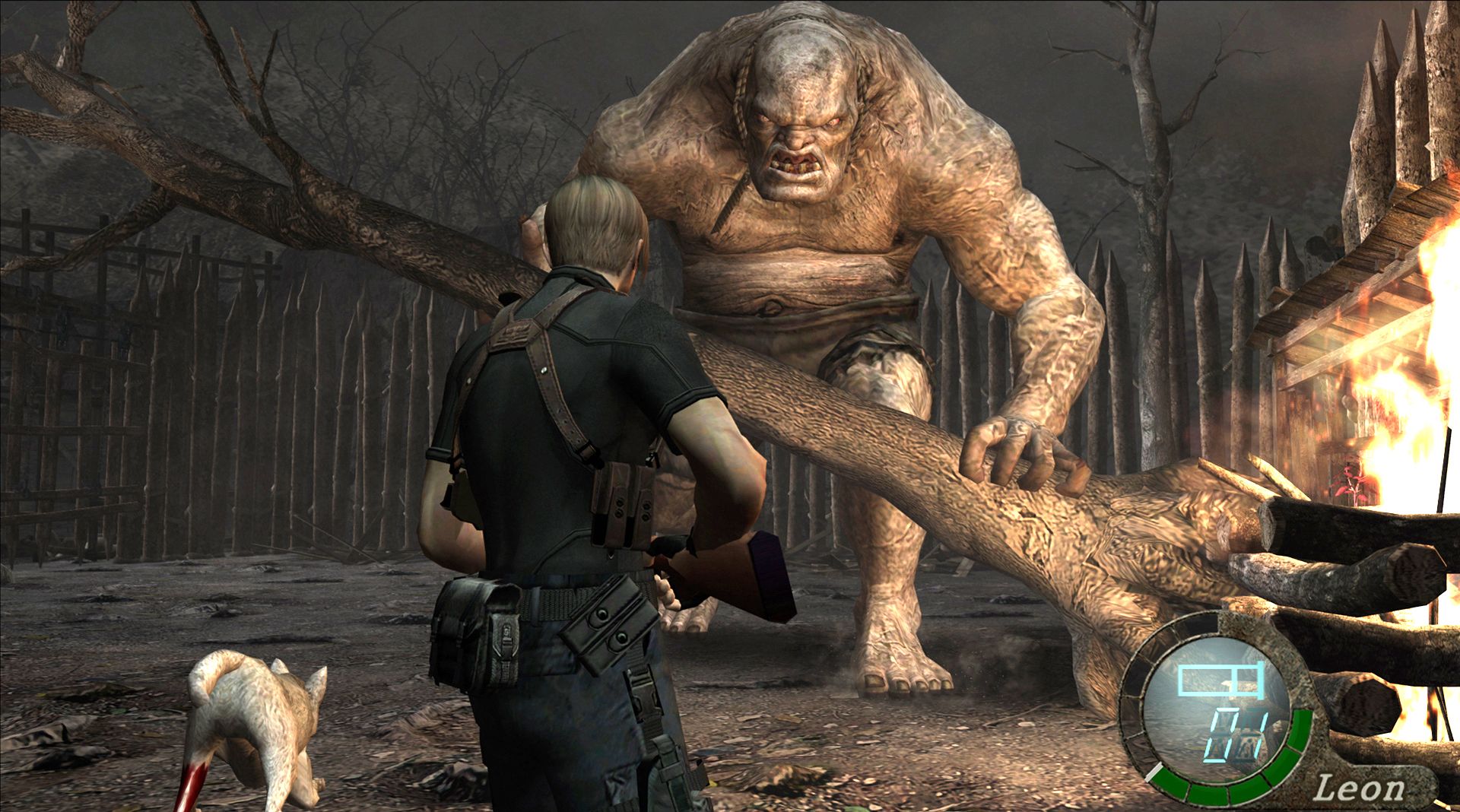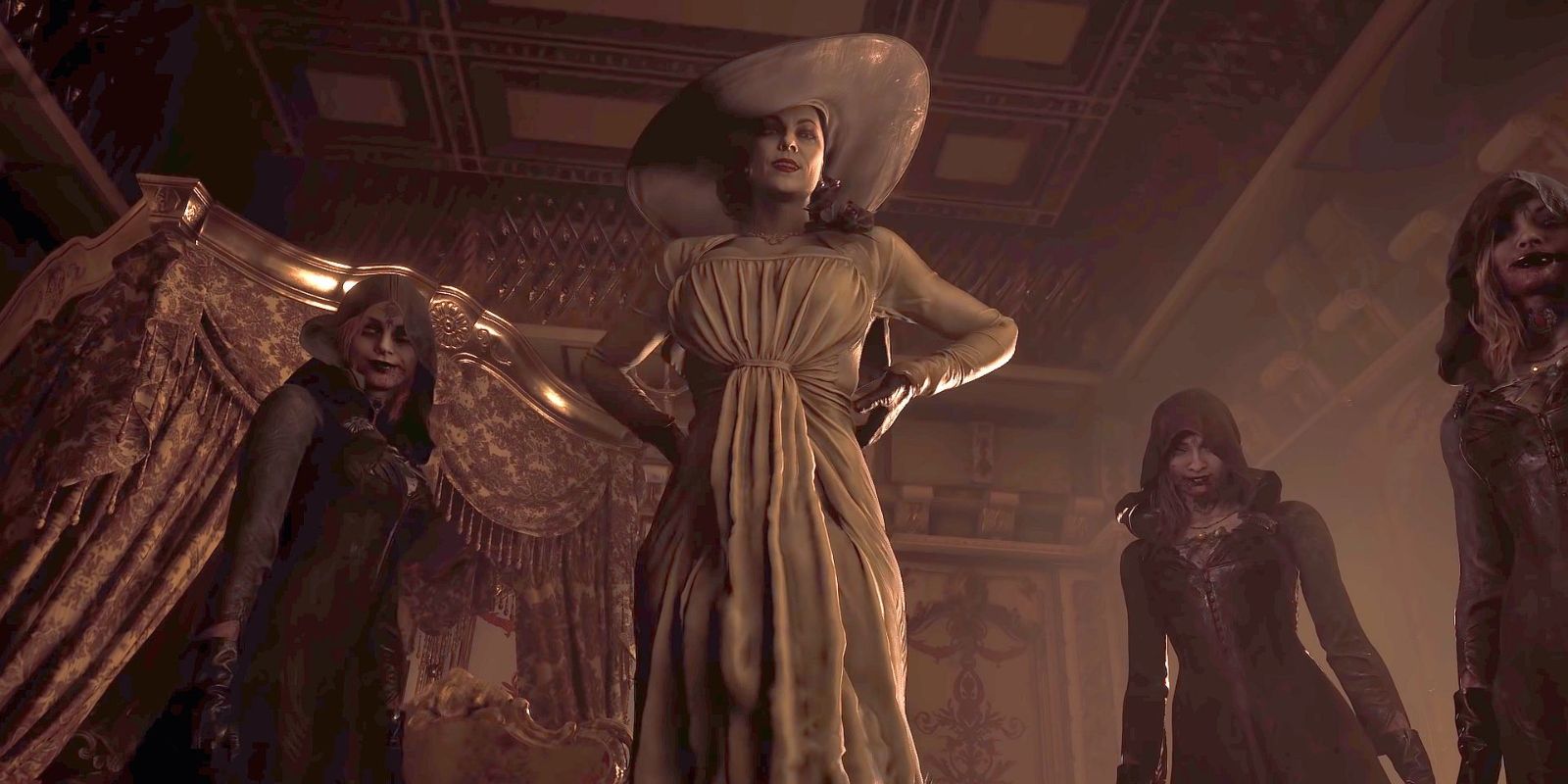Capcom's Resident Evil series has been going since 1996, and it has seen many changes in that time, especially in regards to its gameplay. From stiffer control to all out action, Resident Evil's controls and mechanics have undergone many iterations over the course of the series, so let's look at why that is the case.
The first two Resident Evil games featured tank controls, meaning players would move forward in the direction they were facing or back up, requiring a second control stick to turn left and right. This control scheme made enemy encounters scarier and raised the difficulty of exploring the games' locations. Though a stiff and clunky way to move, these controls served the titles that used them well, elevating the tense action and cramped atmosphere the developers were going for. However, Capcom realized that change was necessary for the series to evolve and feel more free.
When Resident Evil 3: Nemesis came out, the tank controls were mostly left behind. RE3 brought in a 180 degree turn and a dodge command. This created the pathway for the more action-based gameplay that would encompass the fourth, fifth and sixth titles in the series. Resident Evil 4 followed up on Capcom's shift towards action by placing the camera closer behind main character Leon S. Kennedy and removing the signature door opening room transition to render everything in real time. Capcom saw these changes as a natural evolution to Nemesis, and this style would continue to evolve as it saw the need to innovate and keep things fresh.
This third-person action approach to gameplay would continue for the next few installments, with things being added to make sure they didn't all feel the same. Over time, the games would add features like cooperative play and the ability to move while shooting, which contrasted with earlier games' single player nature and needing to stand still when aiming.
Over time, games like Resident Evil Revelations and Operation Raccoon City continued to improve and explore this gameplay style, making the series more about action-horror than survival-horror. As is the nature of the series, however, this approach was not meant to last forever, even if it was a natural evolution. Once Resident Evil 6 sold less than it expected, Capcom decided some change was in order.
RE6 left little room for the writers to continue, so Capcom shifted focus to a new, unexperienced character in a different location -- and it changed the gameplay to go along with that. Gone in RE7 is the over-abundance of guns and action in favor of a return to the survival-horror roots of the series. Once again, players are tasked with guiding an inexperienced character through a situation they're not prepared for at all.
The devs felt that characters like Chris Redfield and Jill Valentine, while still having a place in the series, had become superhero types able to handle anything thrown at them. The team chose to scale back towards what the first game featured. They decided the game would be in first-person to really let players feel like they were the main character and that they inhabited the game world. Gameplay would feature combat to an extent, such as boss fights, but would generally be focused on exploring the players' surroundings.
With the upcoming release of Resident Evil Village, Capcom is once again making gameplay changes -- this time ones meant to satisfy fans of both older and newer RE games. Village keeps the first-person gameplay introduced in RE7, but other changes bring it closer to Resident Evil 4. Based on the latest trailer, there will be more combat than in the last game, as well as features introduced in RE4, like that game's inventory system and a merchant character. It seems that, with Village, Capcom is trying to blend the series' action-oriented gameplay with its explorative horror elements.
The developers have clearly tried many different things with the Resident Evil series. From the stiff tank controls to the numerous action titles to now, there's been no shortage of innovation. Capcom has used each title's gameplay as a way to define the series tone, and as a result, it has varied over the years. It's safe to say that Capcom does this to keep the series fresh, and regardless of how different players feel about individual RE titles, no one can accuse Capcom of being afraid of change.



